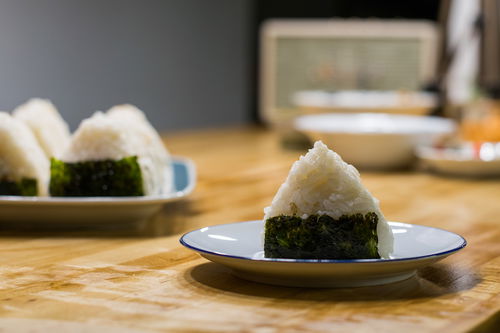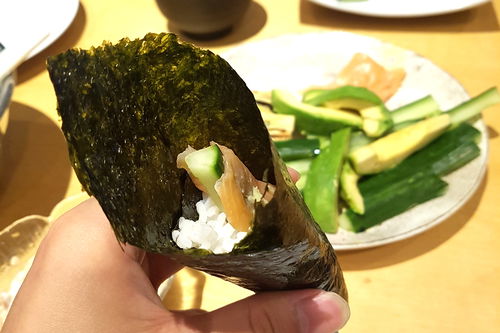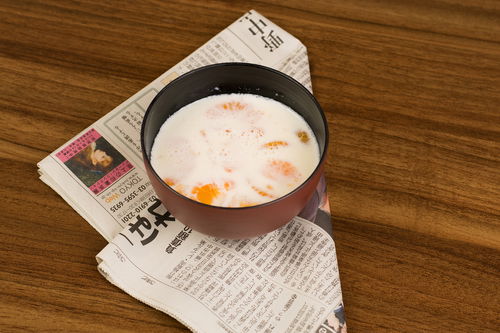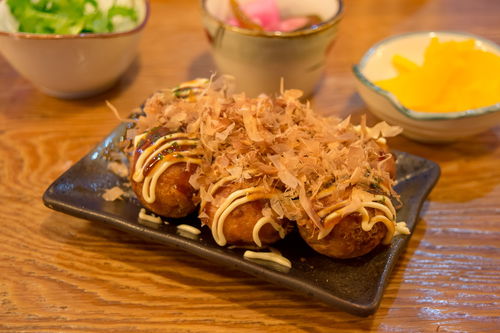Table of contents:
Japan is an island nation with a lot of coastline and a mainland dominated by mountains. The area of the country suitable for farmland (for grazing livestock or growing fruits and vegetables) is therefore not very large. That's why a large part of the traditional foods that make up Japanese cuisine come from the sea. In addition to fish and seafood, seaweed is also on the menu. For centuries, various types of seaweed have been an important part of the Japanese diet. This "sea vegetable" grows in shades of brown to red to pale green off all the country's coasts; from the warm waters around Okinawa to the cool sea in northern Japan. The different varieties differ in appearance, taste and nutritional content. The seaweed is used in a very versatile way: It is cooked in soups, prepared as a side salad, used as a topping for white rice or even nibbled on as a snack. Seaweed can be prepared in many different ways: You get it raw, steamed, fried, deep-fried in tempura batter or even dried.
Superfood from the sea
Did you know how healthy seaweed actually is? Different types of seaweed have different taste characteristics - but they all share the health aspect. Seaweed is very rich in vitamins and minerals. Certain types are even said to have a preventive effect against cancer. For example, the Mozuku seaweed may be responsible for the above-average life expectancy of the inhabitants of Okinawa! In addition, seaweed has a lot of fiber, therefore it fills you up perfectly and stops cravings. It also helps to control cholesterol levels and regulate blood sugar levels. Below is a list and description of the 9 most important seaweed types!
Wakame

This seaweed is green to dark green in color. It is considered one of the healthiest seaweed types because it is full of minerals, sodium, magnesium and calcium. It also contains vitamins A, C, E, K and B. Wakame tastes quite mild and neutral. You can buy Wakame either dried or sometimes fresh in the supermarket. In its dried state, Wakame is very durable. To prepare it, you simply have to put the seaweed in water for a few minutes and then you can cook it or eat it raw. The seaweed is soft, not too tough or rubbery and also almost not "slimy". Wakame goes perfectly with salads and can even serve as the main ingredient for these! You can also eat the seaweed with rice dishes and udon noodles and use it as a soup ingredient. In Europe, Wakame is now also grown in France! Here we have written a detailed article about Wakame. A delicious recipe with Wakame is this Miso-Shiru !


Hijiki

Hijiki is black and consists of a long stalk from which small sprouts grow. This stalk/shaft can get very long. It is called Naga Hijiki and is quite crispy when properly prepared. Hijiki tastes quite strong of fish. You can stir-fry, cook, steam or even fry the seaweed. In Japan, Hijiki is eaten in soups or as a salad, but is usually a side dish and not a main course. Here we have a separate article about Hijiki for you. We also tell you where you can get Hijiki.

Kombu
This seaweed is mainly harvested in northern Japan, off the coast of Hokkaido. The further north it grows, the better its quality. It has a tough, leathery texture and needs to be soaked before you can eat it. Kombu tastes - depending on where the seaweed is harvested - slightly sweet and mild or rather intense. This seaweed is very high in iodine, calcium, iron and vitamin A. Kombu can be fried or dried and powdered. The seaweed is also one of the main ingredients of Dashi broth, which is used in many Japanese recipes. Here is an article on Dashi broth, and we also tell you where you can buy Kombu.
Nori

This is probably the best-known association with seaweed outside of Japan. Because the dried Nori sheets are used for sushi, but also enjoyed as a snack. But Nori is not a seaweed species in its own right, but a general term for edible seaweeds. The Nori sheets are mainly made from purple laver. This is harvested, crushed, dried, pressed and finally roasted. Nori sheets are an excellent source of protein for vegetarians, but they are also relatively high in iodine. Here we have an article for you where you can learn everything about Nori, and also two delicious recipes that use Nori.


Dieses Seegras (auch Gim genannt) eignet sich zum Verfeinern von Speisen und Suppen , für das Essen mit Fleisch, Reis und ...
Bei Amazon ansehen*Mekabu
This is the "root" of the Wakame seaweed. It tastes slightly sweet and has a slightly slippery consistency. You can buy Mekabu either whole or sliced. The Mekabu strips are slightly reminiscent of soft noodles. Mekabu is often enjoyed with soy sauce or the popular Ponzu sauce. In Japan, Mekabu is very popular to eat simply: As a topping for a bowl of white rice. But you can also add Mekabu to soups or salads - the seaweed brings a very interesting aroma to the dish! Mekabu has many vitamins: A, C, E and K. Mekabu is also very good for bones and digestion.
Kanten/Agar Agar
You may already know Agar Agar as a vegetarian alternative to gelatin. Agar Agar and Kanten are extracted from different types of seaweed - but their effect is very similar. Agar Agar is used for various puddings and sweet creams. Kanten is primarily used to prepare traditional Japanese sweets like Yokan. Dishes cooked with Kanten are a bit firmer and less wobbly than those with Agar Agar. However, both gelling agents are odorless and tasteless and also have no strong color of their own. You can use them to make stable, heat-resistant jellies. Kanten and Agar Agar are available as powder, flakes or even sheets. If you want to replace gelatin with Agar Agar or Kanten, you can do it 1-to-1: For one tablespoon of powdered gelatin you need one tablespoon of Agar Agar or Kanten powder. Here we have some delicious recipes with Kanten or Agar Agar for you. Try them as light summer desserts!


Mozuku
This "super seaweed" contributes to the long life expectancy of the inhabitants of Okinawa! It is mainly harvested in the shallow, warm waters off Okinawa and then exported to the rest of Japan. Outside of Japan, Mozuku does not grow at all. The brown seaweed is exceptionally healthy. It is very high in fucoidan, a substance that strengthens the immune system and even helps prevent tumors - so it stops cancer cells. Mozuku also helps with stomach problems and allergies. This is scientifically proven! Mozuku has only a slight taste of its own. It can be eaten raw or cooked. It is usually only refined with vinegar and then eaten as a side dish. But in Okinawa, Mozuku is also deep-fried in tempura batter. If you have the opportunity, you should definitely try this local specialty!
Aonori
This seaweed is primarily sold dried and powdered. Translated, Aonori means "green seaweed". It has a fairly strong aroma and goes perfectly with Japanese dishes like Yakisoba, but is also used to season soups, noodles and salads. Particularly delicious: When the Aonori flakes are used to refine tempura batter. You can also mix Aonori with sauces, marinades or even mayonnaise. Aonori, although similar in appearance and name to Nori, is a completely different type of seaweed. The seaweed flakes have a lot of vitamins and minerals and are therefore very healthy. An additional bonus: Aonori is a very affordable Japanese spice. You can get it on Amazon, among other places. Here we also have a recipe for you that needs Aonori.

Umi Budo
The name translates to "grapes of the sea" and that's what this type of seaweed looks like! The Umi Budo grow on a long branch, which you can also eat, by the way. They are particularly popular in Okinawa. But because they grow on a variety of coastlines in the Indo-Pacific, they are also very popular in the Philippines and Malaysia, among other places. The "sea grapes" burst in your mouth when you eat them and taste slightly salty. Many Japanese claim that the best part of the Umi Budo is this "bursting feeling" when eating! This is called "puchi puchi", by the way. Umi Budo are usually eaten raw, often just seasoned with soy sauce, vinegar and mirin. This is a very popular side dish that you can find in many restaurants in Okinawa. But they also go very well with sashimi dishes. And: You can definitely have a beer with Umi Budo as a side dish!







Comments